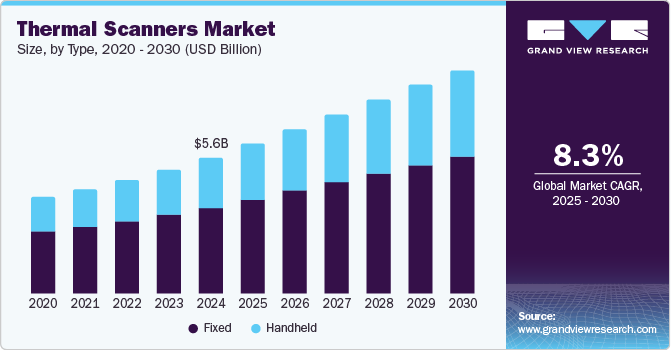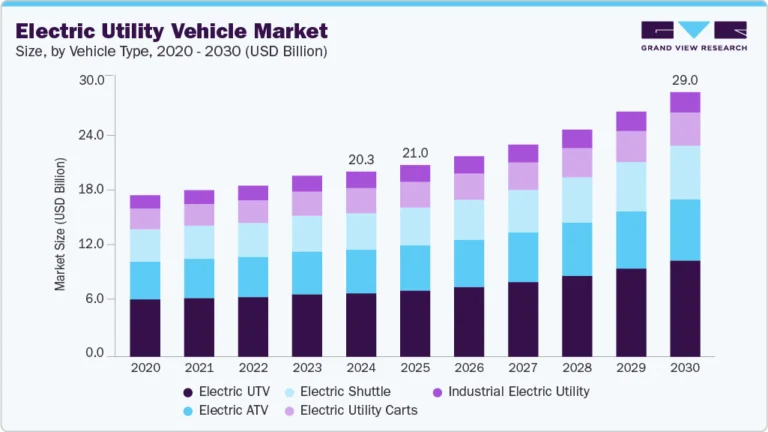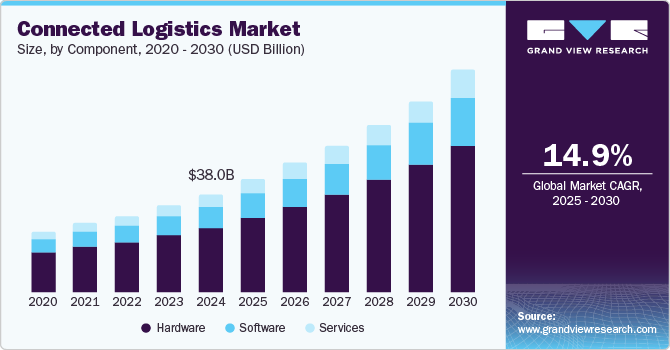Simulators Market Size, Share & Trends Analysis growing at a CAGR of 7.4% from 2025 to 2033

The global simulators market size was estimated at USD 13.03 billion in 2024 and is projected to reach USD 25.16 billion by 2033, growing at a CAGR of 7.4% from 2025 to 2033. The market growth is primarily driven by the increasing adoption of VR/AR in training environments, demand for cost-effective and risk-free skill development, use of simulation in healthcare and automotive testing, and integration of AI and real-time data for more immersive experiences.
Key Market Trends & Insights
- North America dominated the global simulators market with the largest revenue share of 46.2% in 2024.
- The simulators market in the U.S. led North America, with the largest revenue share in 2024.
- By solution, the products segment led the market, holding the largest revenue share of 66.5% in 2024.
- By type, the airborne segment held a dominant market position, with a revenue share of 55.5% in 2024.
- By end use, the healthcare segment is expected to grow at the fastest CAGR of 10.7% from 2025 to 2033.
Market Size & Forecast
- 2024 Market Size: USD 13.03 Billion
- 2033 Projected Market Size: USD 25.16 Billion
- CAGR (2025-2033): 7.4%
- North America: Largest market in 2024
- Asia Pacific: Fastest growing market
Request a free sample copy or view report summary: https://www.grandviewresearch.com/industry-analysis/simulators-market-report/request/rs1
The simulator industry is rapidly evolving through the integration of VR and AR, offering highly realistic and immersive training environments. These technologies allow users to practice critical tasks in simulated environments that closely mimic real-world scenarios. This reduces the risk and cost associated with live training while enhancing learning retention and engagement. Industries like aviation, defense, and medical training are key adopters of immersive simulators. The growing accessibility of VR/AR hardware and software continues to be a major boost for the simulator market.
The rise of cloud computing is pushing the Simulator industry toward Simulation-as-a-Service (SaaS) delivery models. Organizations now have scalable, subscription-based access to advanced simulation tools without high infrastructure investments. This flexibility is ideal for industries with remote teams or distributed operations such as healthcare and aviation. SaaS platforms also allow real-time updates, collaboration, and integration with analytics dashboards. The SaaS trend is driving widespread adoption and democratizing simulation training across the enterprise and educational sectors.
The automotive sector is driving growth in the simulator market by using advanced simulation tools for testing autonomous vehicles and ADAS features. These simulations offer a safe and cost-effective alternative to real-world testing, especially for complex edge cases and weather scenarios. Virtual environments can replicate millions of miles of driving conditions without physical wear or risk. Regulatory bodies are also encouraging simulation-based testing to accelerate innovation timelines. This trend is vital to the development of next-gen mobility and intelligent transportation systems.
The simulator industry is expanding in manufacturing, oil & gas, and utilities due to the need for safe, skilled workforce training. Industrial simulators support operator training, process optimization, and hazardous scenario handling in controlled virtual setups. They reduce downtime and improve safety compliance while offering real-time feedback for continuous improvement. Remote and VR-enabled simulations are becoming essential as these sectors face workforce shortages and high safety risks. This trend is closely tied to broader digital transformation and Industry 4.0 adoption.
Hybrid simulation is emerging as a major trend in the market, combining live (real actors), virtual (VR/AR), and constructive (computer-generated) elements. This approach delivers holistic training that mirrors complex, real-world conditions with greater flexibility. It is particularly valuable in defense, emergency services, and aviation, where interoperability and coordination are crucial. Hybrid models allow simultaneous training of multiple teams across platforms and geographies. As complexity in operations increases, demand for integrated, multi-domain hybrid simulation is accelerating.
Solution Insights
The products segment dominated the simulators market with a revenue share of over 66% in 2024, driven by strong demand for high-fidelity hardware systems in aviation, defense, and automotive training. These systems offer realistic, hands-on experiences essential for mission-critical applications like pilot certification and combat preparation. However, the growth rate is moderate as organizations increasingly adopt software-based and cloud-delivered simulation models for flexibility and cost savings. Still, the Simulator industry continues to see steady investment in advanced hardware simulators where tactile realism and regulatory compliance are crucial.
The services segment is expected to register the fastest CAGR of over 10% from 2025-2033, driven by the rising demand for simulation maintenance, upgrades, and training support. Organizations are increasingly turning to managed and cloud-based services to reduce capital expenditure and enhance scalability. This shift enables continuous updates, remote accessibility, and integration with analytics and AI-based feedback systems. As training requirements become more dynamic and distributed, the Simulator industry is evolving toward service-centric models that offer greater flexibility and efficiency. This trend is especially prominent in sectors like healthcare, aviation, and corporate training, where real-time support and customization are critical.






